Privatizations
A low frequency but juicy strategy where the edge is government incompetence.
Let’s dig in…
What are Privatizations and why do we track them at KEDM?
Keep reading to learn more about privatizations...
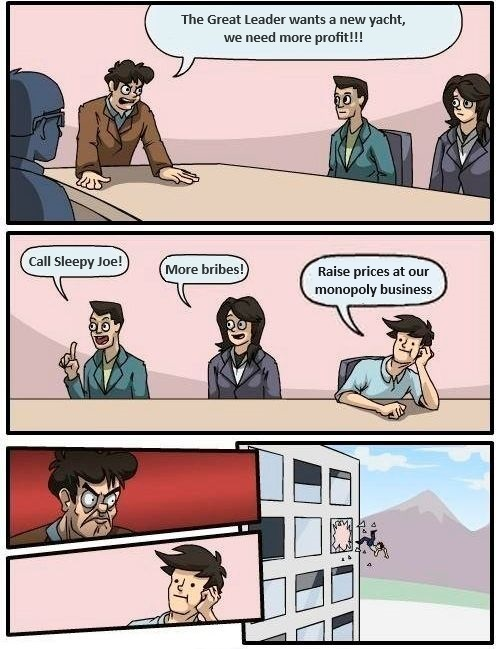
A low frequency but juicy strategy that we follow at KEDM are privatizations. For the unfamiliar, these are IPOs where a government or sovereign wealth fund is listing a portion of their equity stake on a public exchange. As you can imagine, the dynamics at play are like that of a spin-off but are often even better. Instead of a business being hidden under the shadow of a larger parent and its management team being improperly incentivized, it’s under the umbrella of a government agency where the word “profit” is only uttered with suspicion and management usually has had zero incentive to improve the business.
After the listing, the great driver of wealth creation and capitalism is unleashed – greed. Public shareholders want numbers to go up and management, after they’re given stock, quickly find out that they want the same. And as with any government run agency, there’s usually plenty of low hanging fruit for them to seize upon. All in all, usually these have the makings of an easy turnaround.

The good news doesn’t stop there… The governments usually price these things low, giving their buddies a chance to make a quick buck by buying low and selling during the IPO open at a higher price. And if you’re even more lucky, the dumping by the early insiders will create a dip or base, allowing other investors to enter a position at an attractive price.
We admit, as is often the case with good opportunities in markets, there’s a catch. Like we said at the beginning, these things are low frequency. There’s usually only so many privatizations a year and most are either garbage businesses or are in an emerging market which is basically untouchable. The good ones are usually in a market that’s quickly developing, has some rule of law, and is past the point where the government must centrally manage its economy. Hence, you’re lucky to get one or two of these in a good year and investing in them can sometimes require a relationship with a broker who has access (sorry IBKR users) and a mandate that allows you to invest in these markets.

To help illustrate how lucrative these can be, we’ll walk you through a few examples. The Middle East has been all over our monitor the past couple years and the UAE was one of the most prolific in the region. A nice past winner was SALIK UH. Salik was the government owned toll road operator in Dubai and was listed in September ’22. Government bureaucracies often have the potential to be wonderful businesses, as governments are monopolies, and Salik is no different. Concurrent with the privatization, the government gave it the sole right to manage and maintain the city’s toll roads for a period of 49 years in return for a 25% royalty on all future tolls. At the time of the IPO, it boasted 66.8% EBITDA margins (pro forma for the royalty), capex needs at 0.1% of revenue, and 99.9% free cash flow conversion. The government was listing 20% at a price of AED 2/sh and a PE multiple of 9.5x. As you can see below, the stock opened at 2.30 and was immediately sold before muddling around for a few weeks. In the time since the IPO, management has announced their long term growth plan and recently just announced expansion plans to grow their toll gates by 25% within the next nine months. An attractive multiple, a high-ROIC business, and easy opportunities for growth made this one a no brainer.
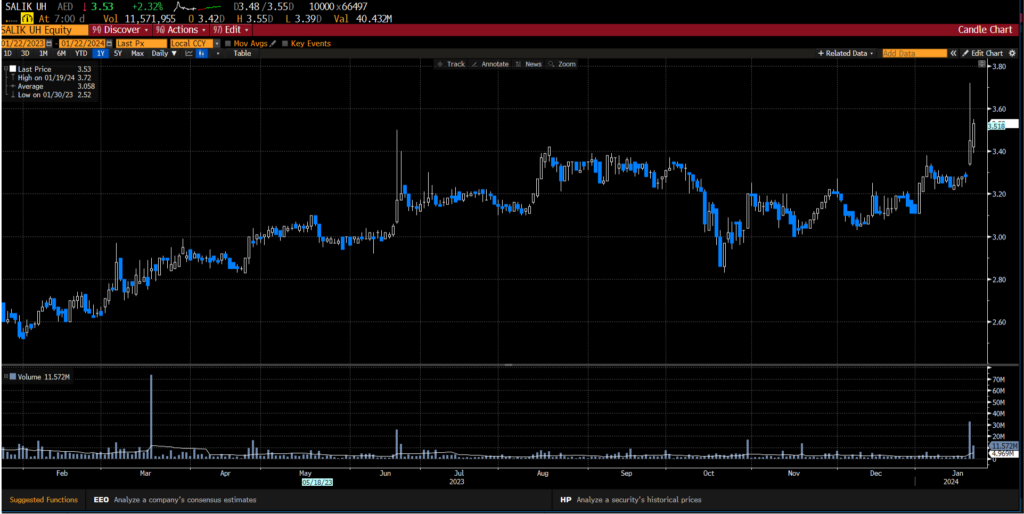
Another, more recent example, is DTC UH, another Dubai privatization. This business, the Dubai Taxi Co, was listed on December 7th, 2023. It’s the largest taxi operator by market share with 44% of the market, twice that of its closest competitor. It holds exclusive servicing rights to the Dubai Airports through a government mandate which gives it 2x the revenue per mile vs other trips, as well as similar exclusivity contracts to traffic from other high-profile locations in Dubai. To prevent price competition from Uber or other taxi businesses, the same government agency that owns DTC imposes a pricing floor and tightly regulates new supply into the market. The government listed 24.99% at a price of 1.85 AED, PE multiple of 12x, and a yield of 6.4%.
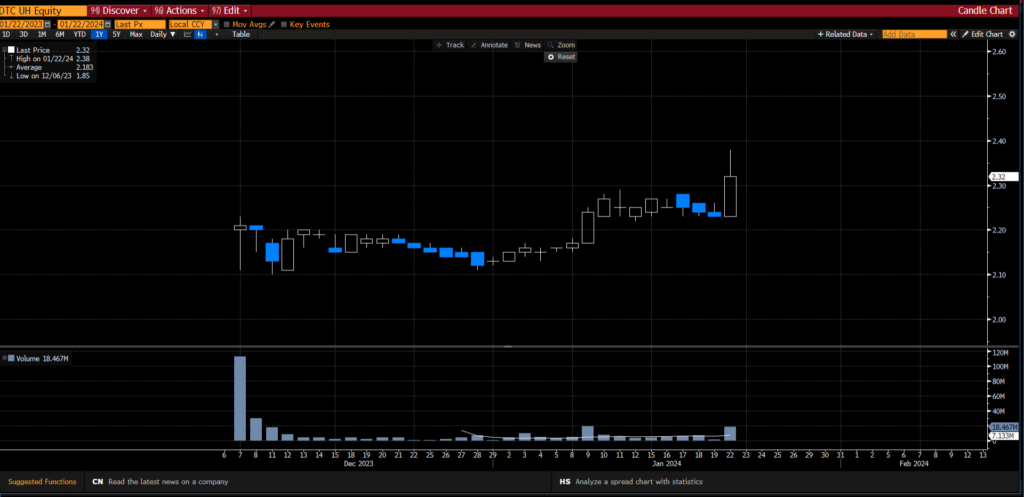
Turning to the West, the privatization of ISB IR was another winner. Solid, investable privatizations in developed countries are very rare and it’s key to ascertain why the government owned this business and why it’s now selling its stake. In the case of Islandsbanki, the government took ownership of the bank when it failed in 2008 and spent the next decade restructuring it. When the privatization was announced in 2021, the bank returned to public markets with a much cleaner balance sheet, holding a capital ratio of 22.4% and boasting a 30% domestic market share. Priced at the top of the range, it opened with a P/BV of 0.93x, a slight discount to peers, and investors could reasonably expect earnings to improve as the business shifted to public ownership. In the quarters that followed the listing, management grew earnings and paid out dividends at a 5% yield. As privatizations in the West are much more closely followed, there wasn’t a basing, buyable period and this one moved right from the start. But still, investors who got in benefited as this stock went straight up for three months straight.
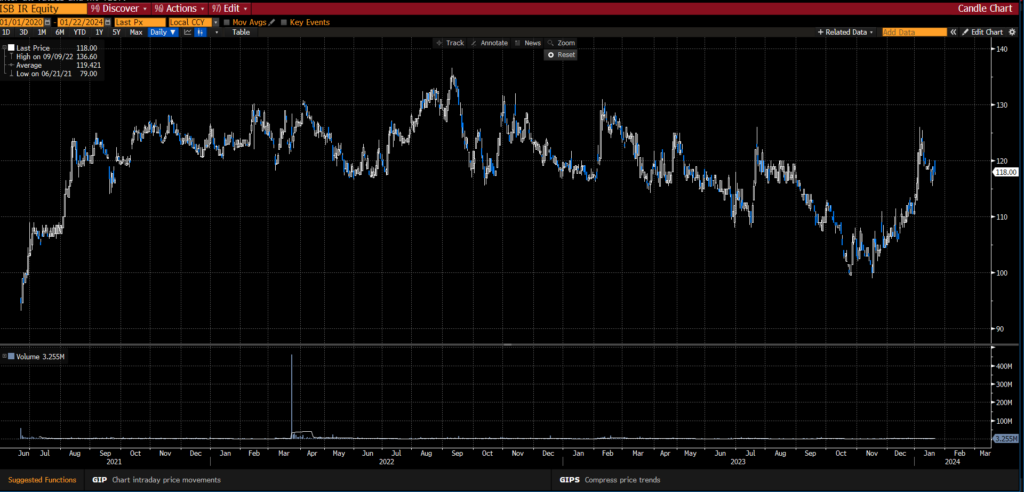
Secondary offerings can also be interesting here as news of a big block can knock the price down in the short term while increased liquidity brings longer term flows from institutions, especially in the case where the government is finally taking its ownership under 50%. In some situations, you get a listing in a stock with momentum and a buyable dip presents itself. A good example is Japan Post Holdings Co, 6178 JP, and Japan Post Bank, 7182 JP, which the Holding Co held a majority ownership of. In 2021, the Japanese government sold their stake in 6178 JP below 50% and then the Company proceeded to sell its ownership down in 7182 JP. Bosh situations resulted in winning trades if you bought the dip.
Japan Post Holdings Co (6178 JP)
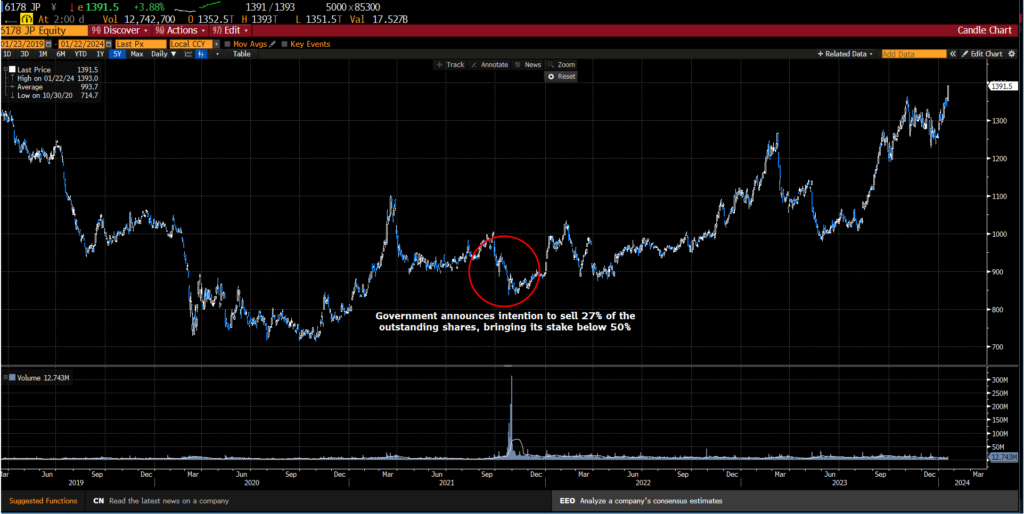
Japan Post Bank (7182 JP)
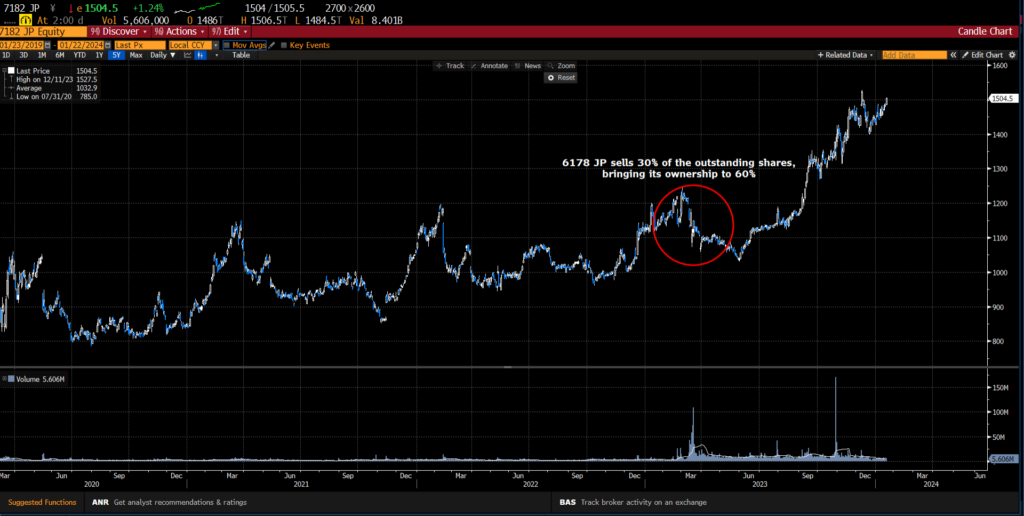
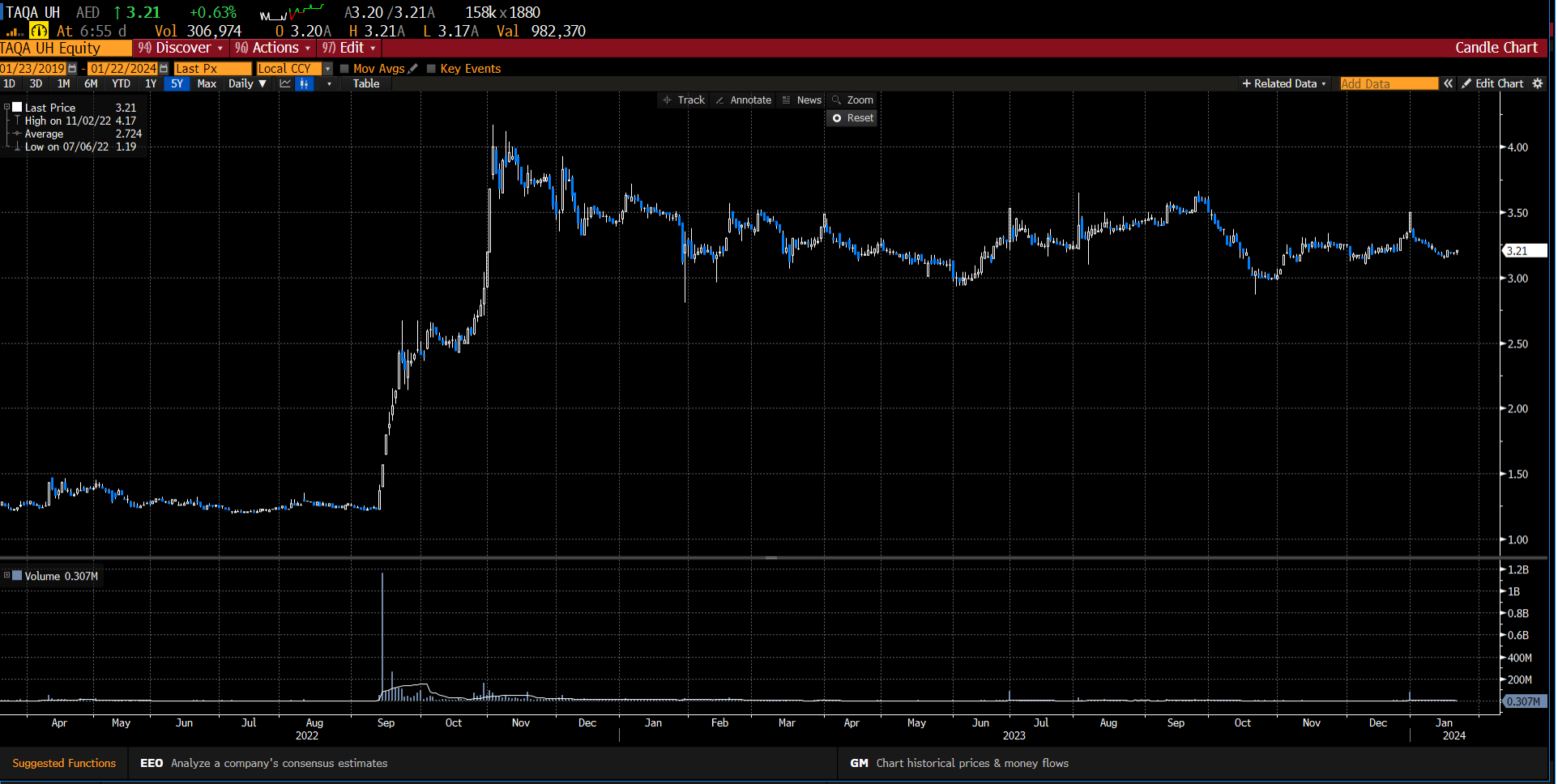
Adnoc Distribution had its primary listing in 2018 with 10% of the shares offered. In September 2020, it listed another 10% and then another 3% in May 2021. Both dates resulted in tradeable opportunities.
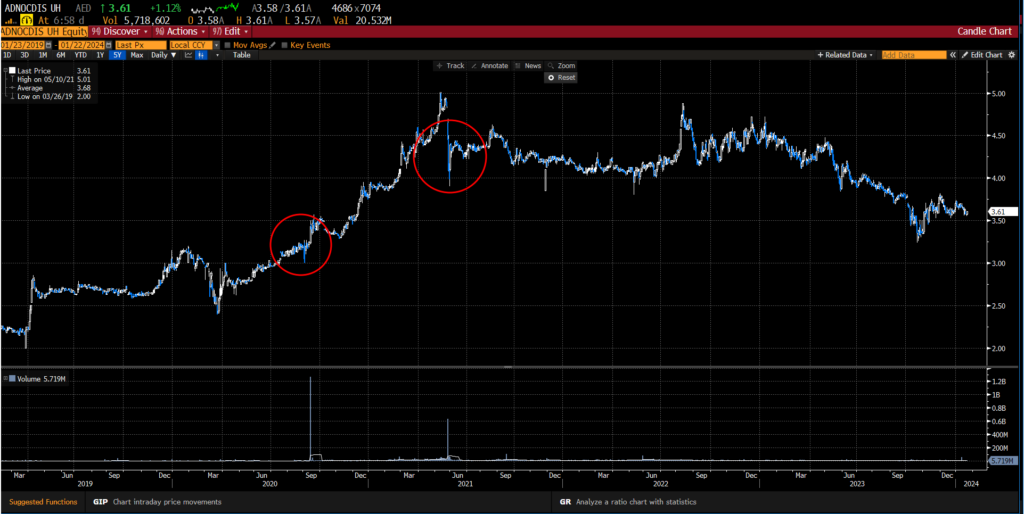
There’s plenty of alpha to be had in this monitor and though the frequency of opportunities is low, that means it doesn’t take much to stay on top of these names. As a listing is announced, merely look at the country and the business to determine if it’s something worth tracking throughout the process. Basket weaving business in Uzbekistan? Hmmm yeah, probably not. Monopoly toll road operator in a Petro-state stuffed to the gills with greedy BlackRock suits? Idk, maybe interesting. Anyways, we will make sure to continue to flag those that we find appealing in the Kliff Notes as they come down the chute – hoping that in the future some of you can take full advantage.
Start your 28-day free trial
Kuppy’s Event Driven Monitor (“KEDM”) is not a financial or investment advisor and the information contained in this publication is not intended to constitute legal, accounting, or text advice or individually-tailored investment advice and is not designed to meet your personal financial situation. The investments discussed in this publication may not be suitable for you. You are required to conduct your own due diligence, analyses, draw your own conclusions, and make your own investment decisions. Any areas concerning legal, accounting, or tax advice or individually-tailored investment advice should be referred to your lawyers, accountants, tax advisors, investment advisers, or other professionals registered or otherwise authorized to provide such advice. KEDM makes no recommendations whatsoever regarding buying, selling, or holding a specified security, a class of securities, or the securities of a class of issuers, and all commentary is for educational purposes only. The investment examples noted are intended to provide and example of the events and data KEDM flags each week and is not representative of typical returns generated by each event or any future returns.
